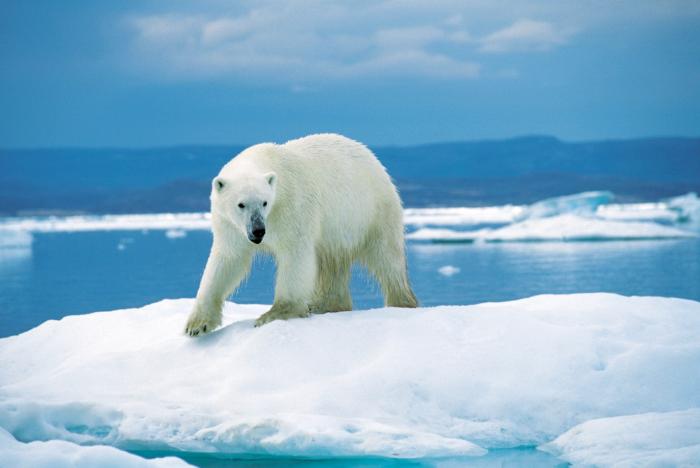 Bears have been one of the most studied families in the Carnivora order due to their prescence on most continents. They are found in a number of different locations throughout these continents including the arctic, where polar bears call home, and the tropical rainforests.
Bears have been one of the most studied families in the Carnivora order due to their prescence on most continents. They are found in a number of different locations throughout these continents including the arctic, where polar bears call home, and the tropical rainforests.Even though there has been extensive study of this family (ursidae) there is still no consensus about their phylogenetic relationships.
This study has provided a complete phylogeny of ursids by completeing mitochondrial genome sequences on ten bears- eight living and two extinct species. The analysis of the phylogenetictopology has placed the sloth bear basal to all other ursine species. The sun bear has also been found to be related to the two black bear species in a sister group. The study has also been able to find reasons as to why there were previous problems finding relationships among ursine bears.
It was also found that climate change has had an important role in bear evolution and animal speciation. By using mitochondrial genome sequences from extinct and extant bear species it was found that there was evidence 'for a rapid radiation of bears at the Miocene-Pliocene boundary 5-6 million years ago within the old and the new worlds'.
These results have been able to resolve complex phylogenetic relationships among both species living and extinct.
Reference:
http://www.biomedcentral.com/1471-2148/8/220
Authors:Johannes Krause,1 Tina Unger,1 Aline Noçon,1 Anna-Sapfo Malaspinas,2 Sergios-Orestis Kolokotronis,3,4 Mathias Stiller,1 Leopoldo Soibelzon,5 Helen Spriggs,6 Paul H Dear,6 Adrian W Briggs,1 Sarah CE Bray,7 Stephen J O'Brien,8 Gernot Rabeder,9 Paul Matheus,10 Alan Cooper,7 Montgomery Slatkin,2 Svante Pääbo,1 and Michael Hofreiter1
Image:http://icestories.exploratorium.edu/dispatches/wp-content/uploads/2008/05/polar_bear20.jpg